
"I have used a wide variety of secondaries and Jackson ImmunoResearch has consistently been the best. The fluorophores are bright and stable and their selective (x reactivity removed) secondaries have always shown species specificity in multiple labeling."
Janet Duerr, Ohio UniversityRating: 5.0
You can download our product information literature via the links below. If there are any additional topics you would like us to cover, please let us know.
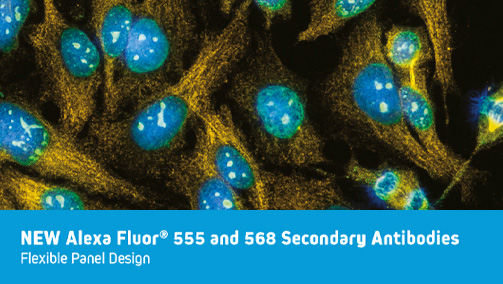
For immunofluorescence experiments with multiple targets, it's essential to use secondary antibodies cross-adsorbed against other species in the assay, which are conjugated to spectrally distinct fluorescent dyes. Here, we demonstrate how to combine New Alexa Fluor® 555 and 568 conjugated secondary antibodies into your four-color immunofluorescence experiments.
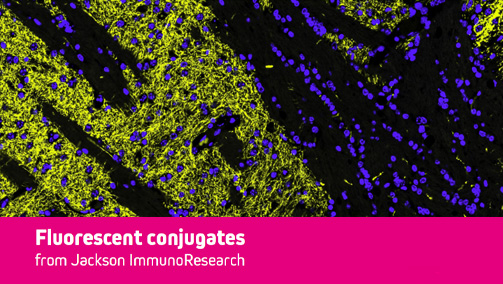
NEW Alexa Fluor® 555 and Alexa Fluor® 568 dyes are conjugated to Donkey and Goat host species secondary antibodies designed with multiple labeling in mind as they are minimally cross-reactive to many common species.

When developing an immunotechnique, it is important to consider result analysis. The addition of the correct blocking reagents and experimental controls can improve assay performance and interpretation.
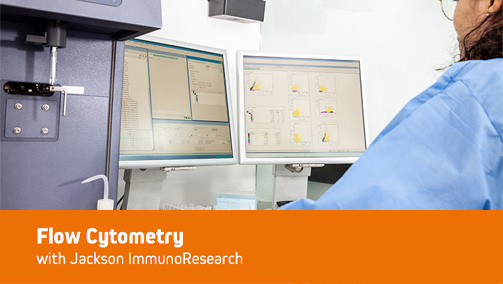
Flow cytometry is a powerful technique for measuring and analyzing the physical characteristics of single particles in solution as they travel past a beam of light.
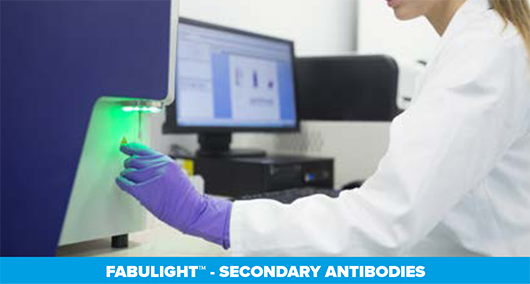
FabuLight antibodies are Fab fragment secondary antibodies specific to the Fc region and are used to label of primary antibodies prior to incubation with cells or tissue.
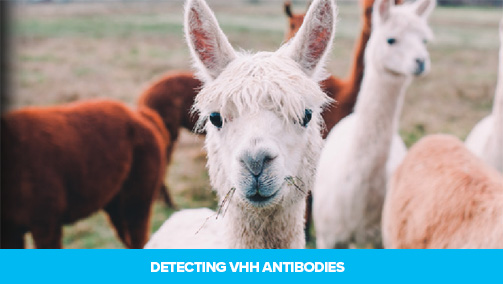
VHH antibody (nanobody) generation can be expedited with the right tools, find out how JIR anti-VHH antibodies can help your development goals.
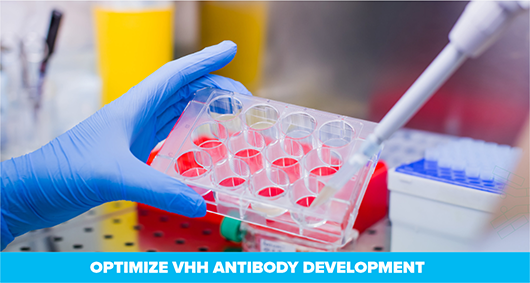
JIR presents Anti-Alpaca IgG, Subclass and VHH domain secondary antibodies to optimize VHH (single domain) antibody development and application.
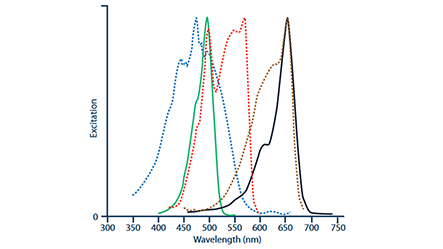
Fluorescent proteins. R-PE, APC, and PerCP can be used for flow-cytometry.
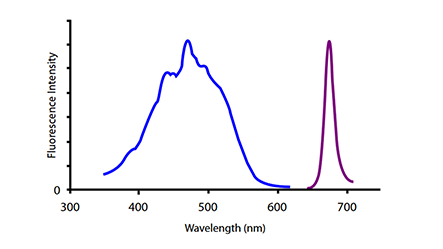
PerCP is a fluorescent peridinin-chlorophyll protein complex isolated from dinoflagellates still popular for flow cytometry.
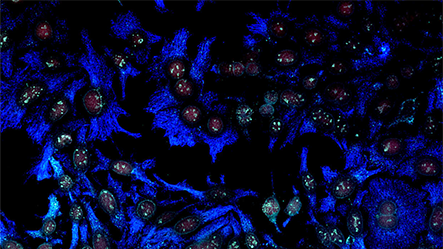
Achieve 5-color fluorescent labeling with Brilliant Violet 421™and Brilliant Violet 480™ conjugated secondary antibodies.
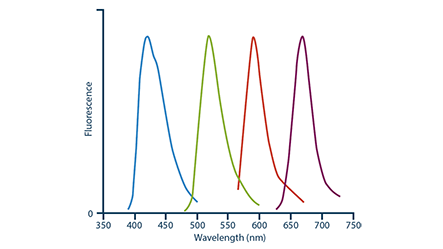
DyLight-405-conjugated secondary antibodies are very bright and photostable when used with confocal microscopes. Add DyLight 405 to your dye panel to achieve 4-colour imaging.
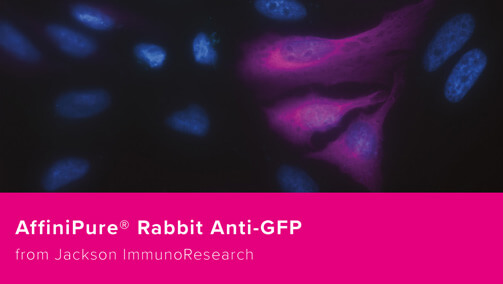
NEW Jackson ImmunoResearch AffiniPure® Rabbit Anti-GFP is an affinity purified polyclonal antibody raised in rabbit specific for Aequorea victoria Green Fluorescent Protein (avGFP) and its derivatives, including EGFP, ECFP, and EYFP. The antibody is available conjugated to a range of reporter molecules including Alexa Fluor® dyes.
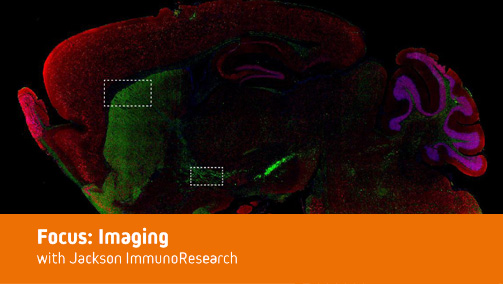
JIR AffiniPure-VHH® Secondary Antibodies enable high-precision staining by combining the exquisite specificity of our minimally cross-reactive antibodies with the unique penetrative capabilities of the small VHH fragment format.

For immunofluorescence experiments with multiple targets, it's essential to use secondary antibodies cross-adsorbed against other species in the assay, which are conjugated to spectrally distinct fluorescent dyes. Here, we demonstrate how to combine New Alexa Fluor® 555 and 568 conjugated secondary antibodies into your four-color immunofluorescence experiments.

NEW Alexa Fluor® 555 and Alexa Fluor® 568 dyes are conjugated to Donkey and Goat host species secondary antibodies designed with multiple labeling in mind as they are minimally cross-reactive to many common species.

When developing an immunotechnique, it is important to consider result analysis. The addition of the correct blocking reagents and experimental controls can improve assay performance and interpretation.
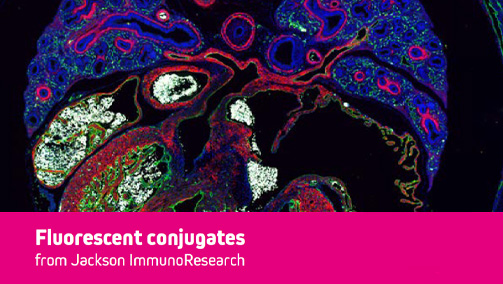
Immunofluorescence (IF) is an immunochemical technique that enables the detection and localization of antigens on tissue or cells using microscopy or flow cytometry. Fluorescent immunostaining allows protein expression patterns and interactions to be characterized.

When developing an immunotechnique, it is important to consider result analysis. The addition of the correct blocking reagents and experimental controls can improve assay performance, interpretation and ultimately the presentation of data for publication.

Jackson ImmunoResearch AffiniPure-VHH® Secondaries are a specialized detection reagent that harnesses the unique properties of VHH Fragments to produce high-quality results.

FabuLight antibodies are Fab fragment secondary antibodies specific to the Fc region and are used to label of primary antibodies prior to incubation with cells or tissue.
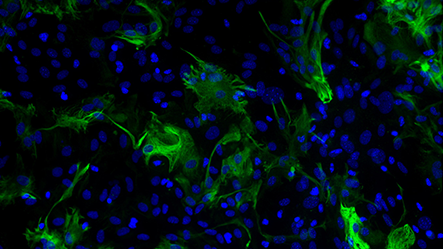
Need an alternative host species? Find out how Alpaca antibodies can provide an alternative to goat or donkey secondaries, for example in a multiple labeling assay which has potential unwanted cross-reactions.
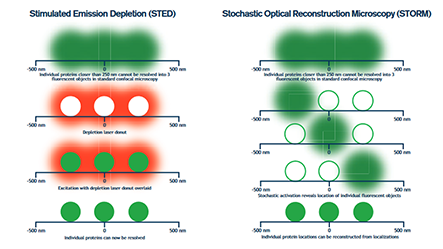
Achieve the highest resolution with JIR fluorescent dye conjugates.
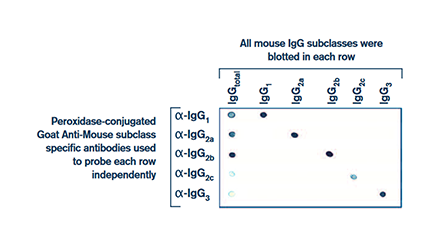
Anti-Mouse IgG Subclass Specific antibodies have been extensively adsorbed against other mouse IgG subclasses enabling accurate subclass differentiation.
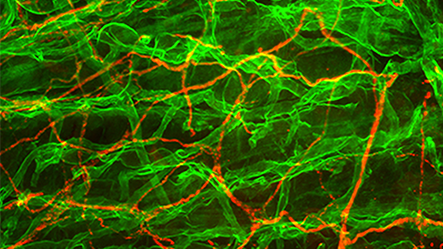
Cyanine dyes are a robust choice, better able to withstand the harsh dehydration and embedding conditions required for mounting sections in non-polar plastic media.
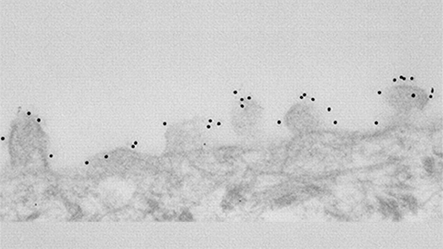
Colloidal gold reagents are available either for transmission and scanning electron microscopy (EM Grade 6, 12 & 18 nm) or for light microscopy and immunoblotting (LM Grade 4 nm).

Achieve 5-color fluorescent labeling with Brilliant Violet 421™and Brilliant Violet 480™ conjugated secondary antibodies.

DyLight-405-conjugated secondary antibodies are very bright and photostable when used with confocal microscopes. Add DyLight 405 to your dye panel to achieve 4-colour imaging.

Email marketing@jacksonimmuno.com to receive a hard copy poster by mail.
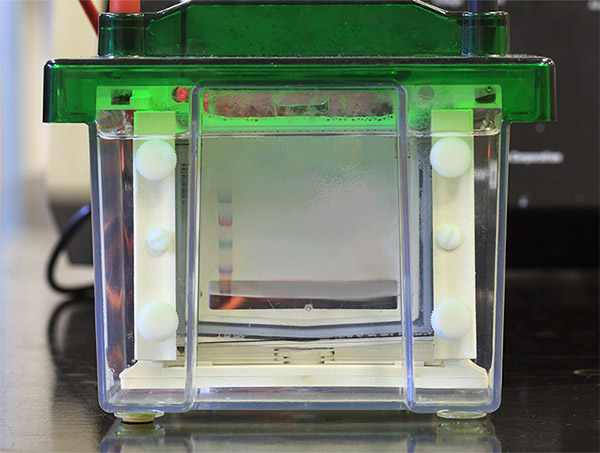
Western blotting is a staple technique of the molecular biology lab. The robust nature of the antigen-antibody interaction allows the presence of specific proteins and peptides to be detected from complex mixtures. If the Western blot is not behaving as expected, our troubleshooting guide may help isolate the problem.
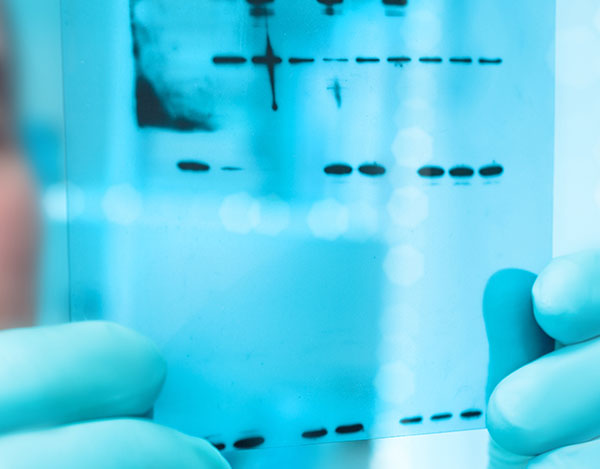
Western blotting is widely used today in molecular biology, biochemistry and cell biology to detect specific proteins of interest from biological samples. This technique provides information about the target protein(s), including abundance and molecular weight, and provides a way of detecting protein-protein interactions and post-translational modifications.

When developing an immunotechnique, it is important to consider result analysis. The addition of the correct blocking reagents and experimental controls can improve assay performance and interpretation.
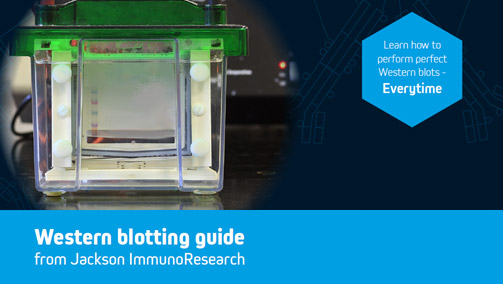
Western blotting is a technique used to confirm the presence of target proteins and peptides from complex mixtures. Proteins are separated by size using PAGE, transferred to a solid support, and visualized using pairs of primary and secondary antibodies.
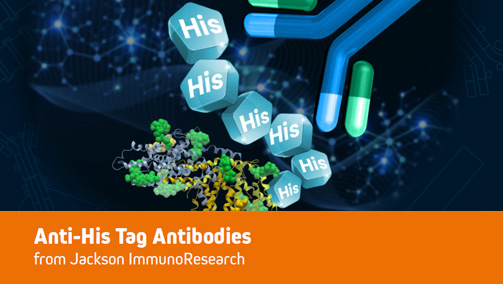
The addition of PolyHistidine Tags (His Tags) to recombinant proteins is a common method to enable protein purification and detection. The His Tag is usually formed of 6 histidine residues, but may be between three and ten, usually at the C- or N-terminus of the recombinant protein.
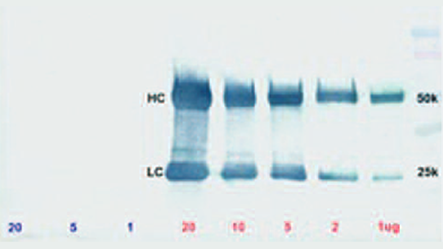
Visualizing proteins of 50kDa by Western blot following immunoprecipitation (IP). Use anti-light chain antibodies for clearer results.
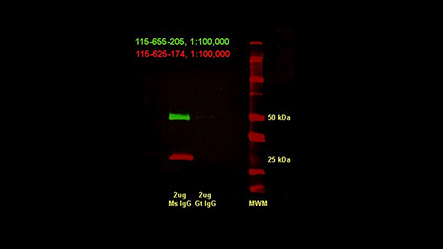
AlexaFluor® 680 and 790 offer excellent sensitivity for fluorescent western blotting.

Anti-Mouse IgG Subclass Specific antibodies have been extensively adsorbed against other mouse IgG subclasses enabling accurate subclass differentiation.
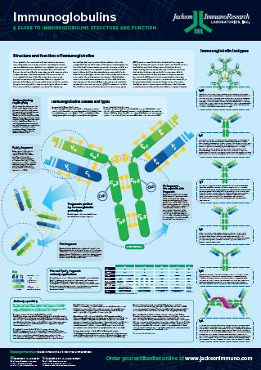
Email marketing@jacksonimmuno.com to receive a hard copy poster by mail.
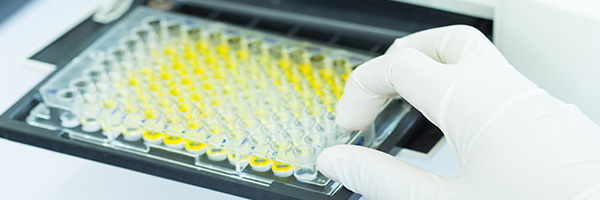
Enzyme-linked immunosorbent assay (ELISA) was first described in 1971 when it was developed as a safer and more convenient alternative to radioimmunoassay. It has since become a widely used technique for detecting and, most importantly, quantifying one or more specific proteins within a complex mixture.
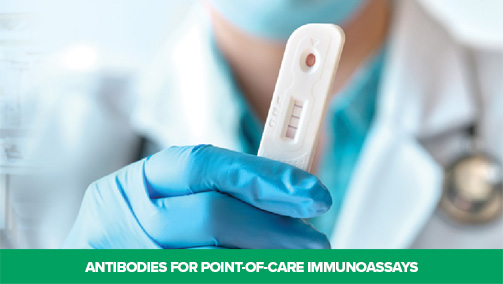
Learn about Secondary Antibodies for Immunoassay Development and Manufacture

When developing an immunotechnique, it is important to consider result analysis. The addition of the correct blocking reagents and experimental controls can improve assay performance and interpretation.

Jackson ImmunoResearch Mouse Monoclonal Anti-Human IgE antibodies complement our existing Anti-Human IgG, IgM, and IgA antibodies suitable for diagnostics research and development. All are available conjugated to a select range of reporter molecules, including Alkaline Phosphatase and Biotin enabling excellent sensitivity.

A complete suite of antibodies and reagents for the development and optimization of accurate and sensitive immunoassays for diagnostic serological applications.
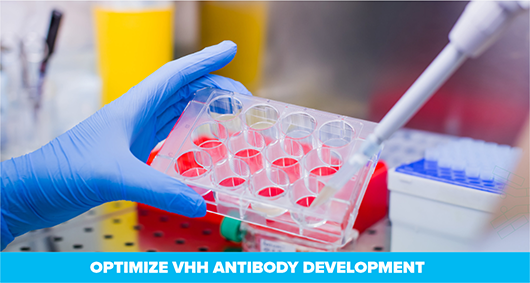
JIR Anti-Alpaca antibodies can be utilized at specific stages to expedite and enhance the development of high affinity VHH antibodies.
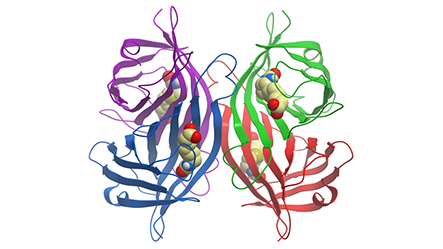
Streptavidin has high affinity for biotin and is used as a replacement for avidin. Available with a variety of conjugates find out how Streptavidin can enhance your assay.
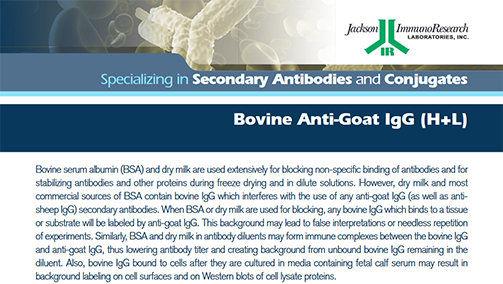
Bovine serum albumin (BSA) and dry milk are common blocking reagents, find out why JIR BSA (IgG free, Protease-free) is a better choice.

Colloidal gold reagents are available either for transmission and scanning electron microscopy (EM Grade 6, 12 & 18 nm) or for light microscopy and immunoblotting (LM Grade 4 nm).

JIR AffiniPure-VHH® Secondary Antibodies enable high-precision staining by combining the exquisite specificity of our minimally cross-reactive antibodies with the unique penetrative capabilities of the small VHH fragment format.
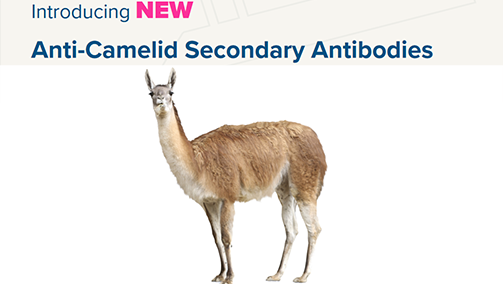
JIR offers three new secondary antibody specificities for detection and quantification of camelid antibodies.

JIR presents Anti-Alpaca IgG, Subclass and VHH domain secondary antibodies to optimize VHH (single domain) antibody development and application.

VHH antibody (nanobody) generation can be expedited with the right tools, find out how JIR anti-VHH antibodies can help your development goals.
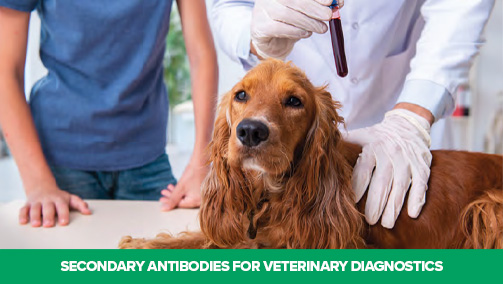
Veterinary diagnostic tests are critical in maintaining the health of livestock and companion animals, enabling the prevention and treatment of disease to ensure productivity and welfare.

Access our custom and bulk services for reagents used in the development and optimization of immunoassays for in-vitro diagnostics.

A complete suite of antibodies and reagents for the development and optimization of accurate and sensitive immunoassays for diagnostic serological applications.

Jackson ImmunoResearch Mouse Monoclonal Anti-Human IgE antibodies complement our existing Anti-Human IgG, IgM, and IgA antibodies suitable for diagnostics research and development. All are available conjugated to a select range of reporter molecules, including Alkaline Phosphatase and Biotin enabling excellent sensitivity.